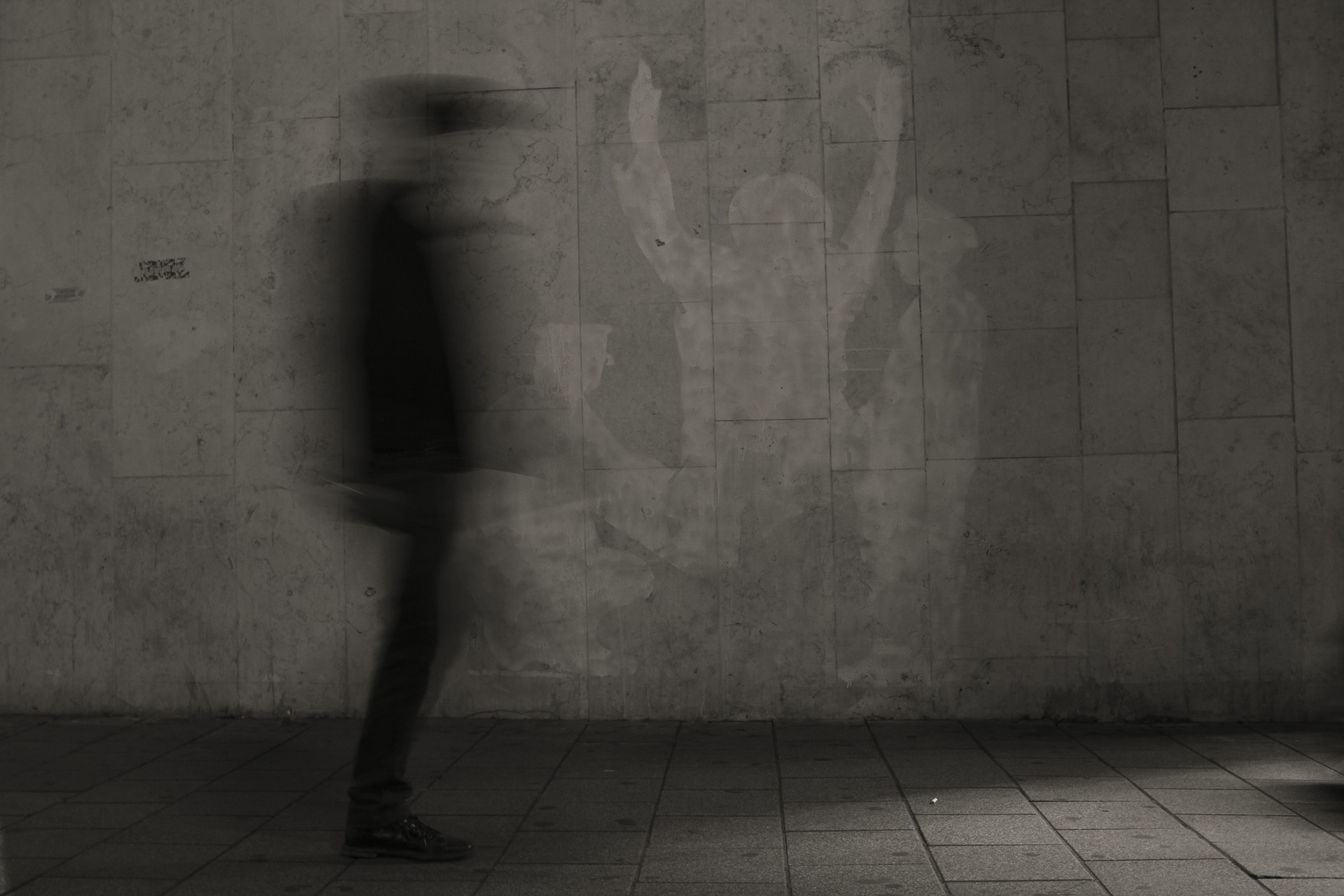 Submitted by Legends Call on
Submitted by Legends Call on

pixabay.com
Shadowy figures have long haunted the pages of history. From ghosts to goblins to things less mentionable, the human psyche has a habit of inventing monsters to inhabit the dark reaches of the unknown. Several such figures have been chronicled on this site: the Halifax Slasher, the London Monster, and Spring-Heeled Jack, to name a few. Today, we’ll be adding another cloaked and hooded terror to the rogue’s gallery, this one known by a name straight out of a comic book: the Black Flash.
The year was 1939. The winds of war were blowing in Europe as Nazi tyranny began its spread. German submarines lurked off the Atlantic Coast, and the American public feared the growing likelihood of war. It was out of this atmosphere that the Black Flash appeared in Provincetown, Rhode Island. The village was tormented for a few weeks in the fall, scaring children and leading to a puzzle that still has people scratching their heads: who, or what, was the Black Flash of Provincetown?
A figure in black
School children on their way home from class were the first to report the black phantom. They claimed that a tall figure, dressed all in black, would appear from nowhere and disappear just as fast. Huge, and impossibly fast, it seemed the creature aimed only to frighten, a job it did exceedingly well. The adults in town didn’t take the accounts very seriously, at least until one of their own saw the ghostly figure.
Mary Costas was walking by town hall one night in October when a tall figure dressed all in black jumped out of the bushes in front of her. The creature had glowing blue eyes, silver ears, and could jump impossibly high. The frightened Costas ran into a nearby coffee shop for help. A group of men who ran outside to look for the creature found nothing. Police who arrived at the scene thought the whole affair a big joke, despite Costas being genuinely frightened.
After Costas’ terrifying encounter, several more townspeople saw the monster. Reports were scattered all over town; as police received a call from a resident on one end of town claiming they had seen the beast running through their yard, another call would simultaneously come in from the opposite end of town. Even police began to believe the monster might be some sort of devil. Townspeople knew the beast by various names: the Provincetown Phantom, the Devil of the Dune, and the name by which the apparition is known to history, the Black Flash.
A story grown with each telling
The Black Flash made radio news broadcasts around the world. It was the perfect sort of story for the radio broadcasts of the day, where news programs elbowed room on the dial along with serials and pulp dramas. The story grew and grew with the telling; the monster went from merely jumping out to frighten people to full on attacking hapless townspeople, spewing blue fire as it did so much like the legendary Spring-Heeled Jack. Here it is good to note how much the story has grown from those early reports. It entered into the folklore of the area and became more and more embellished over time. Many details that will be found on various sites about the monster and its attacks come from this oral tradition. The story as it exists today claims that the monster tormented Provincetown for the entire duration of the War, from 1939 to 1945, and that it was only stopped after children poured a pot of hot water on its head. In reality, the panic only lasted a few weeks in the fall of 1939.
As for Provincetown residents at the time, while a significant minority lived in fear of the Devil of the Dunes, most wrote the whole affair off as hogwash. They attributed the happening to a prank pulled by a local track star, or perhaps a left over tourist looking to stir up trouble. Chief of Police Anthony Tarvers claimed the Black Flash was simply four teens playing a trick on the town. One boy sat on the shoulders of another. They wore a long cape and a flour sifter over their face; the device’s handles were the large silver ears that victims reported. The case, it seems, was closed.
A case of collective delusion?
While it would seem that the initial reports of the Black Flash were, as the Chief of Police stated, the work of four bored teens playing a Halloween prank, what can be made from the other “attacks?” And of the exaggerated abilities of the monster? After all, it would be difficult for anyone to make the leaps attributed to the monster with another person on his shoulders, not to mention sprinting at the speeds the monster was said to sprint.
It seems likely that, while a group of pranksters started the panic, from there the idea of a monster spread to those who were vulnerable: uneducated adults, particularly women, and children. Time and again, in cases of mass hysteria and collective delusion, these are the groups who are primarily affected. This can be seen in such cases as the Halifax Slasher, the Mad Gasser of Mattoon, and the laughter epidemic tha tstruck Tanganyika in the 1960s.
The environment was ripe in Provincetown for such a panic to take root. Nazi subs lurked in the Atlantic, and news from overseas made the possibility of American being sucked into another global conflict more and more possible. America was still in the midst of the Great Depression as well. These stressors provided fertile ground for a collective delusion to take root. The idea spawned from this bout of collective delusion has proved to be hardy, as it moved from an odd incident that burned out within a few weeks in 1939 to a part of Rhode Island folklore, one likely to inspire chills among residents of Provincetown and beyond for decades to come.
Andrew Kincaid
http://www.oddlyhistorical.com/2016/02/21/provincetownes-black-flash/
Sources:
Desroches, Steve, “The ‘Black Flash’…The Legend Lives On.” Provincetownmagazine.com. October 26, 2011. Provincetown Magazine. January 30, 2016. http://provincetownmagazine.com/2011/10/26/the-black-flashthe-legend-lives-on/
“Fall Brings Out The “Black Flash.” http://advocate.provincetown-ma.gov/Default/Scripting/ArticleWin.asp?From=Search&Key=PRO/1939/10/26/1/Ar00103.xml&CollName=EVT_PREDEFINE&DOCID=22254&Keyword=%28black~+and+flash~%29&skin=Provincetown&AppName=2&PageLabel=1&ViewMode=GIF&GZ=T
Muise, Peter, “The Black Flash of Provincetown.” NewEnglandFolklore.blogspot.com. August 01, 2009. New England Folklore. January 30, 2016. http://newenglandfolklore.blogspot.com/2009/08/black-flash-of-provincetown.html
- 811 reads